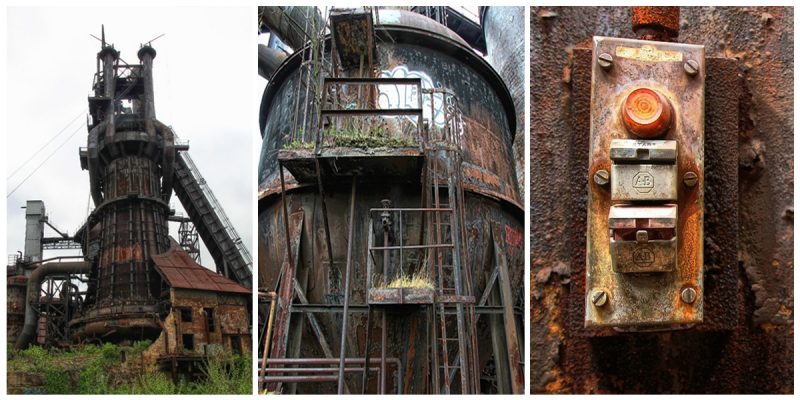Built in 1907, the Carrie Furnace is a derelict former blast furnace that produced iron for Homestead for 72 years; they run almost continuously until 1978. Located along the Monongahela River in the Pittsburgh area industrial town of Rankin, Pennsylvania, with 135 acres located on the north bank of the river and 33 acres on the south bank, it had formed a part of the Homestead Steel Works.
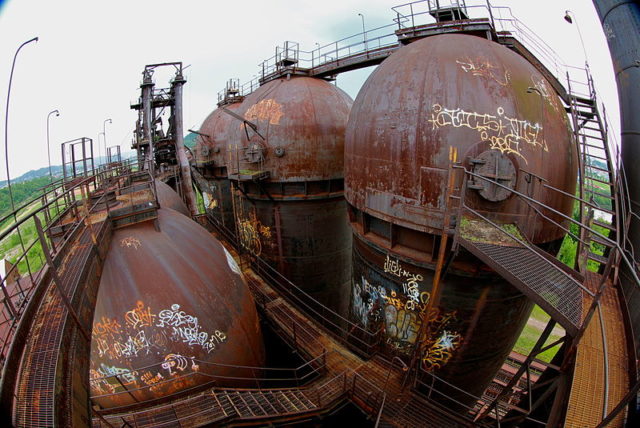
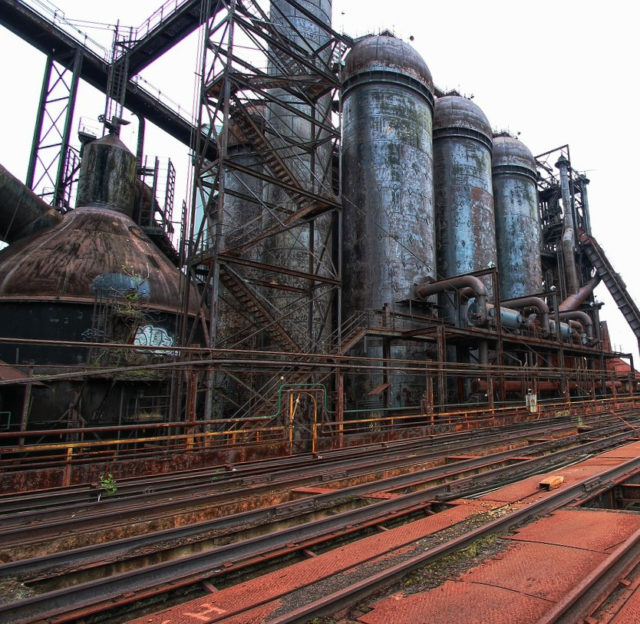
These massive furnaces are constructed of 2.5″ thick steel plate and lined with refractory brick. During its peak, in the 1950s and 1960s, the site produced 1,000 to 1,250 tons of iron per day. The cooling system for the blast furnace required over five million gallons of water a day. All that is left of the site are furnaces number 6 and number 7, which operated from 1907 to 1978, along with the hot metal bridge. They are extremely rare examples of pre-World War II iron-making technology.
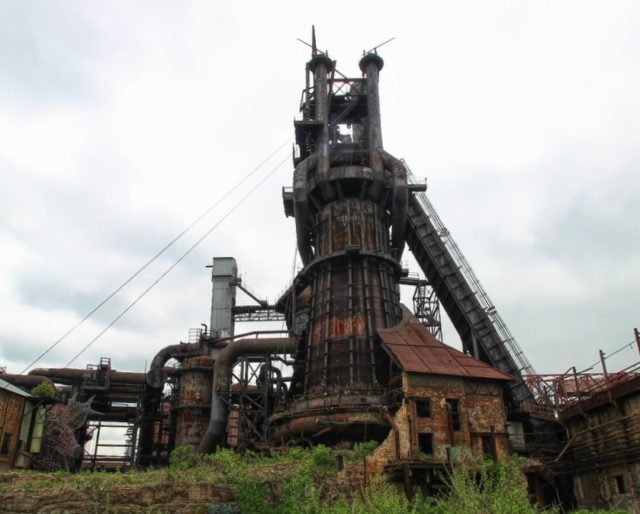
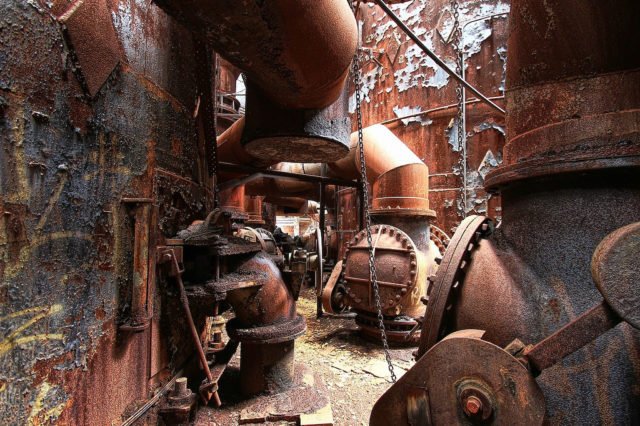
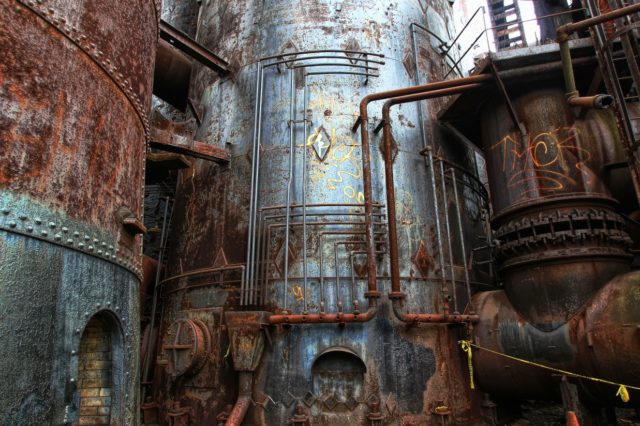
During the years, changes were made to the blast furnaces, but they remained virtually unchanged after 1936. This outdated technology was one of the main reasons that furnaces 6 and 7 were the first ones shut down when the complex began to shut down.
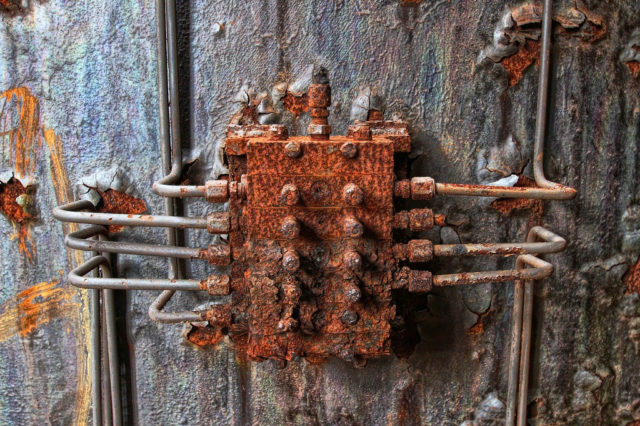
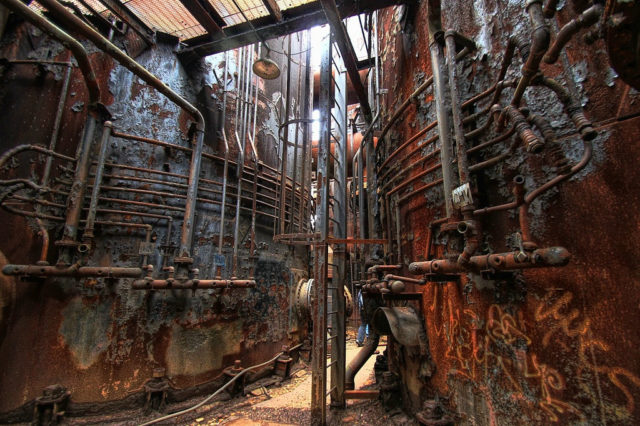
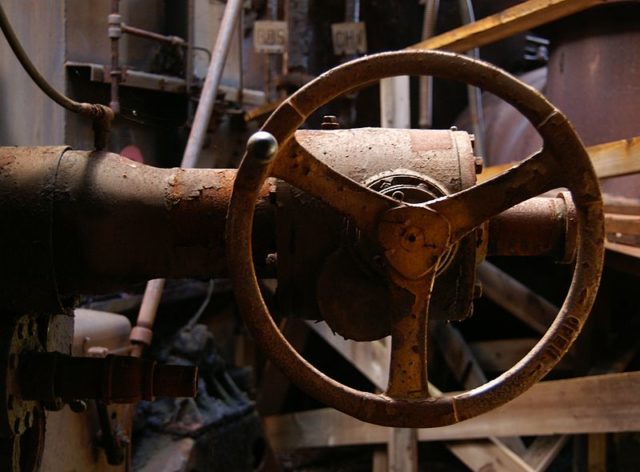
In 2005, they were sold to Allegheny County for $5.75 million. Underground fuel storage tanks were removed in 1994 along with two above ground fuel storage units. In addition, asbestos from the buildings was removed. The soil was contaminated with PCBs and sulfates. Environmental assessment of the site has been conducted in two phases. The first phase was completed in 2007 and the second is currently underway. The site, however, is not readily accessible as it is enclosed by railroad tracks.
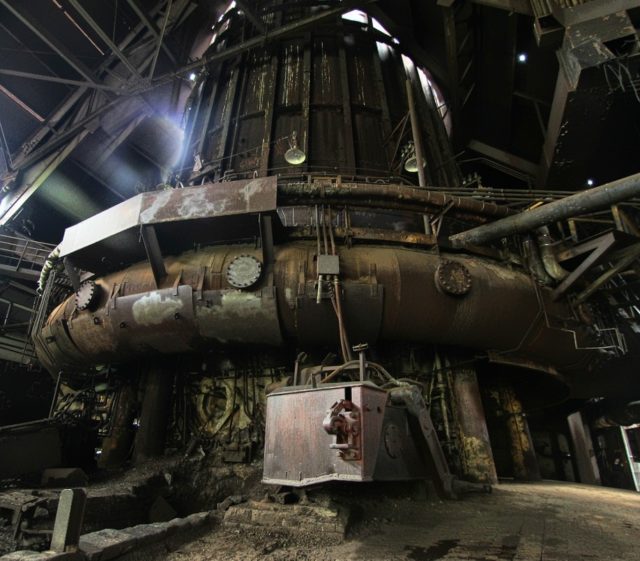
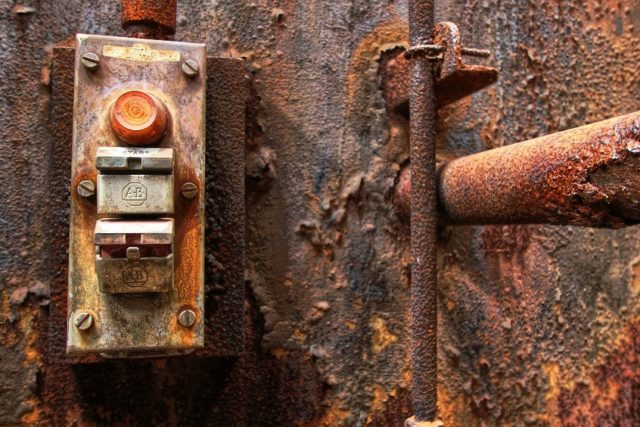
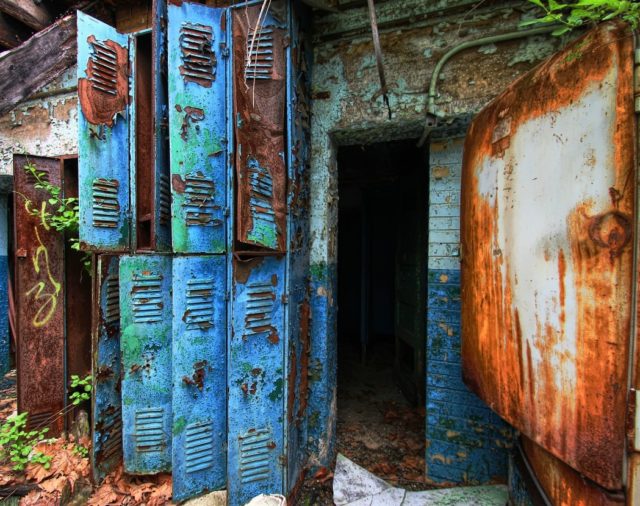
Partners in the redevelopment of Carrie Furnace include Allegheny County, several nearby municipalities, and the Steel Industry Heritage Council. These organizations seek to preserve the remaining industrial structures while utilizing the site for economic development. Additionally, the Rivers of Steel Heritage Corp. is working with Allegheny County on establishing a museum about the history of steel centered on the two blast furnaces still standing on the site.
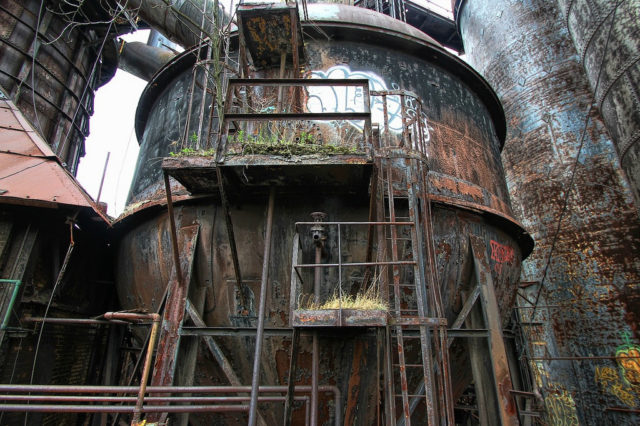
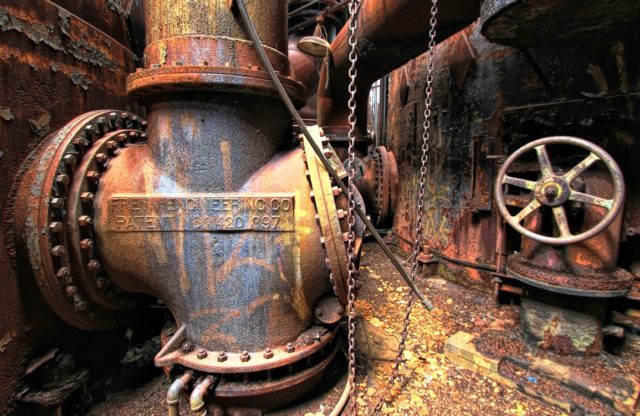
The redevelopment plan is mixed-use as it contains plans for commercial and residential development, as well as light industrial manufacturing. Housing, office buildings, a hotel, a conference center, transportation center, and a museum are included in the plan. After years of work to preserve the site, tours of Carrie Furnace started running in 2010.
